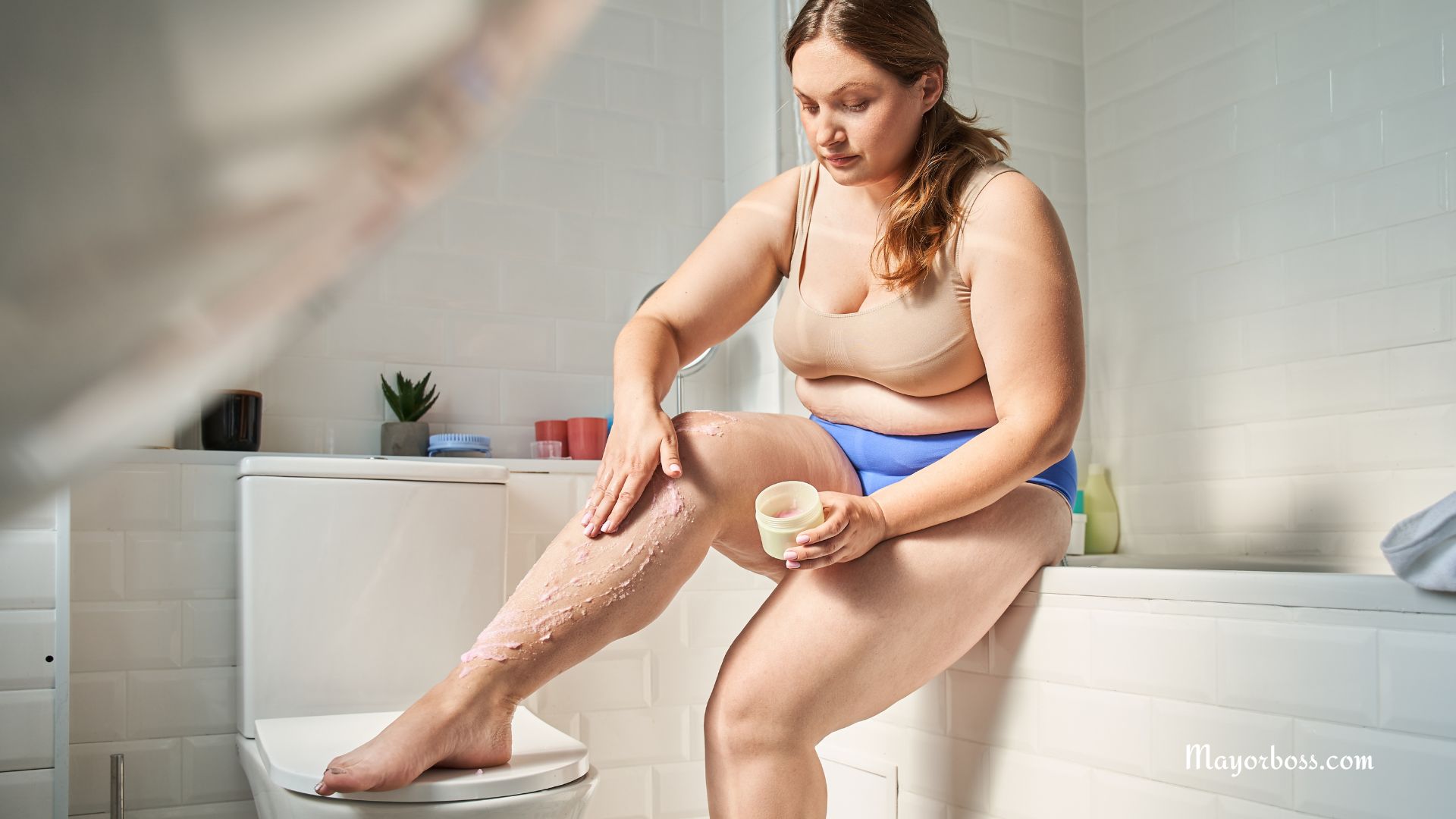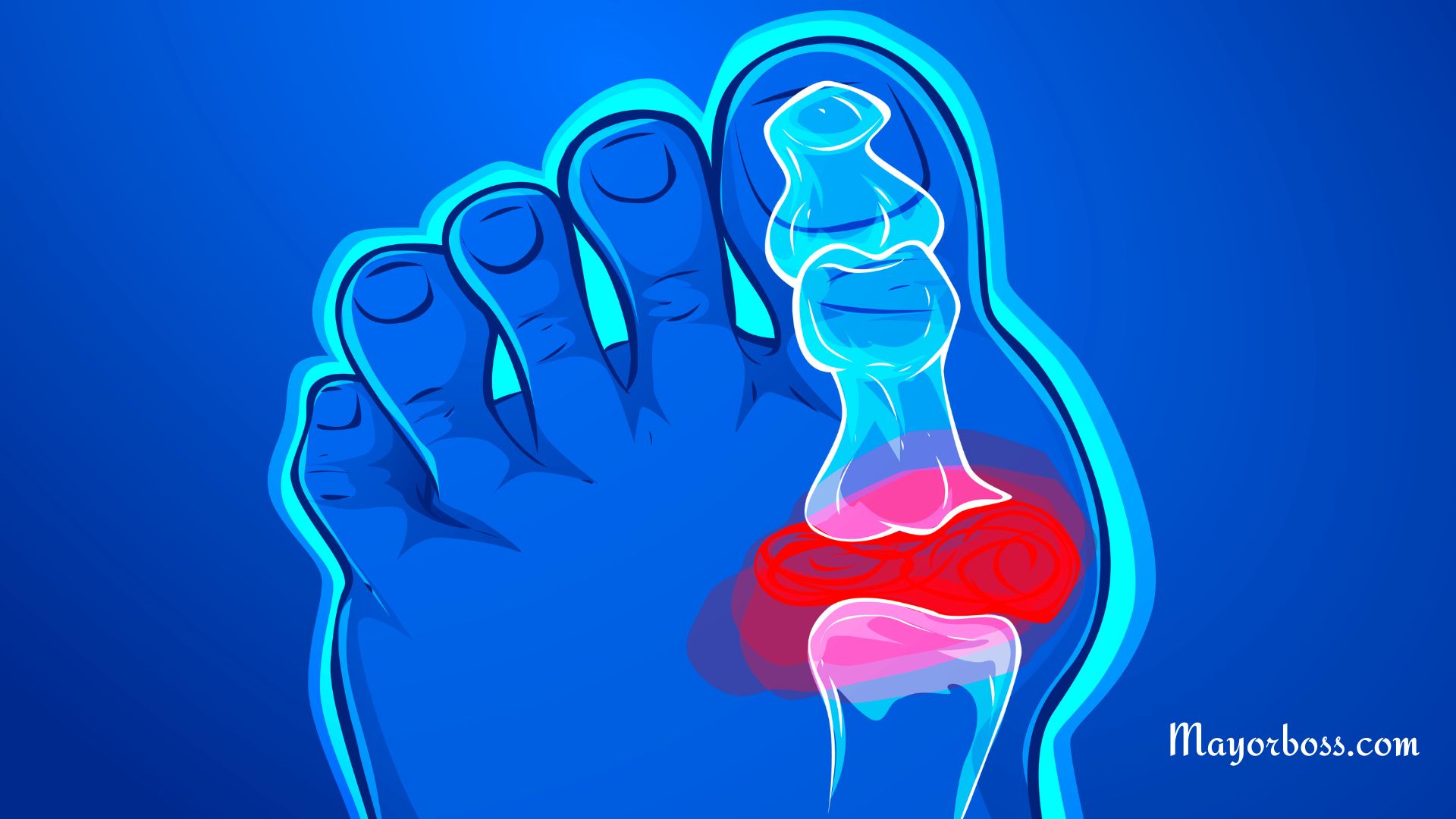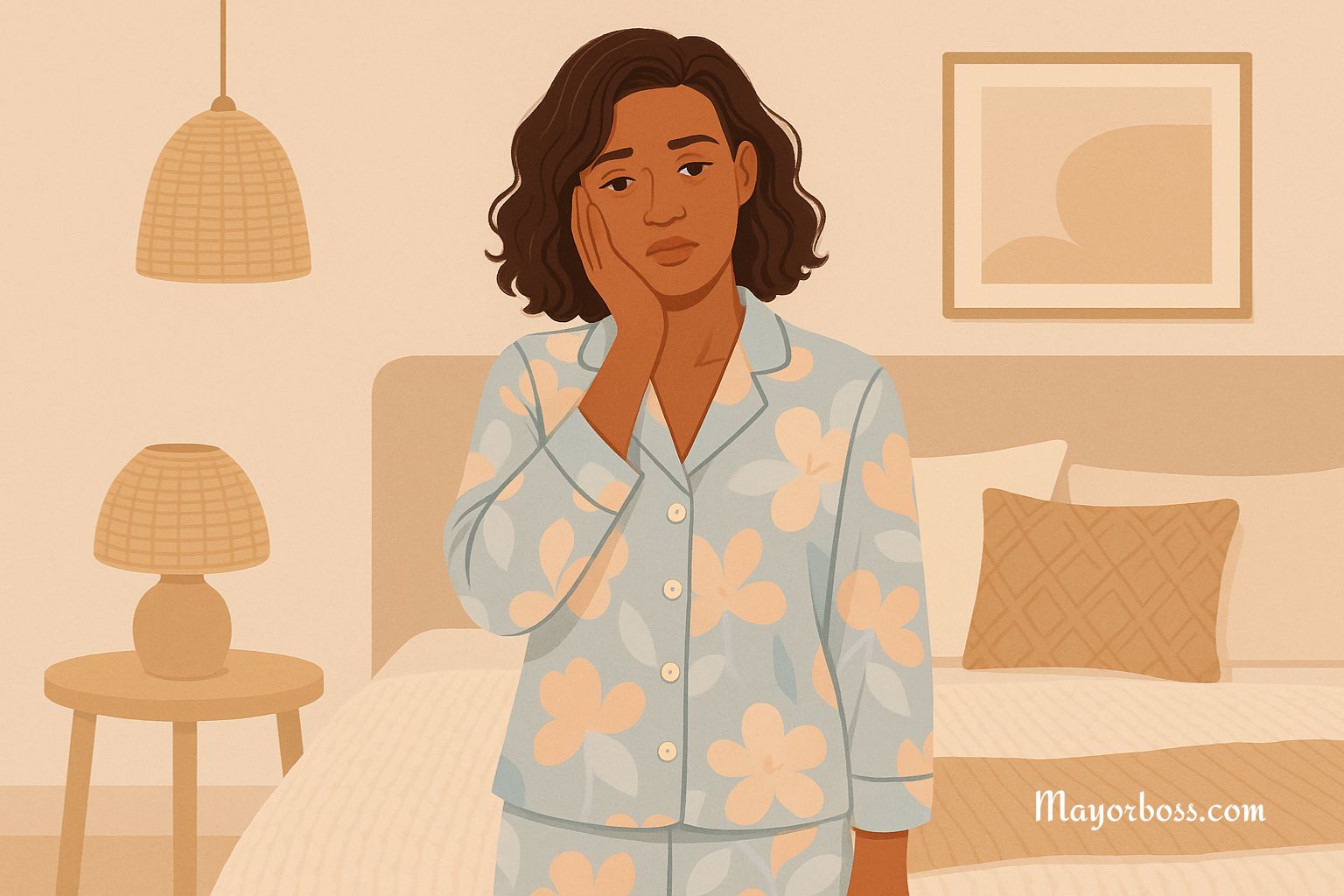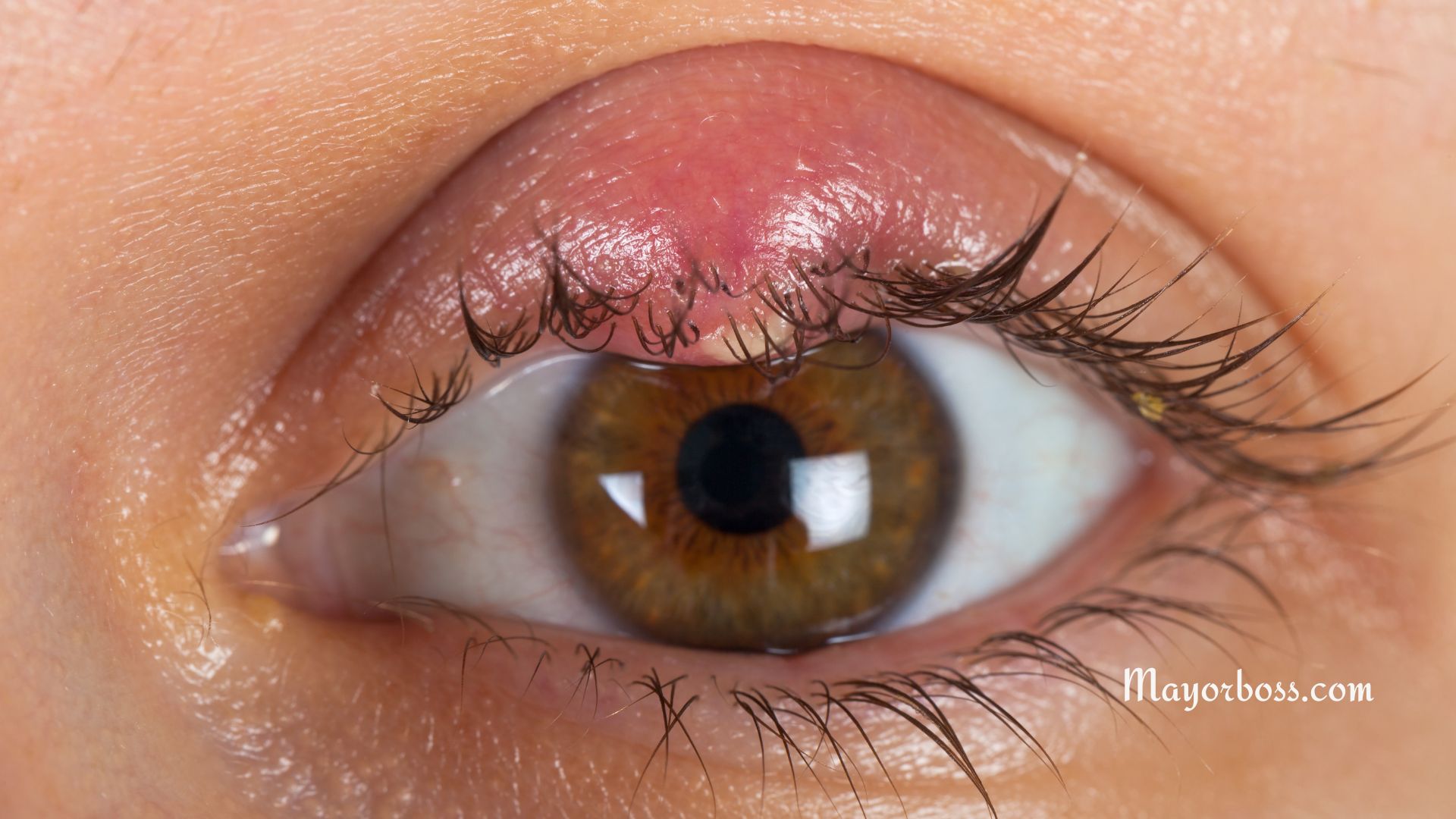Treatments for Glaucoma
When it comes to glaucoma, the goal of treatment is not to cure the disease, as damage from glaucoma cannot be reversed. The focus is on preventing further vision loss by lowering the pressure in the eye. Early treatment can usually protect your eyes against serious vision loss.
Medications
Most people with glaucoma are initially treated with medications. These may be in the form of eye drops or pills. Many people can be adequately treated with these medications. However, you must take them regularly and continuously for them to be effective. Examples include:
- Prostaglandins: These are eye drops that increase the outflow of the fluid in your eye. They may cause changes in eyelash length and color and changes in eye color in some people.
- Beta-blockers: These eye drops reduce the production of fluid in the eye. They can slow your heartbeat and may cause a drop in blood pressure.
- Alpha-adrenergic agonists: These medications decrease aqueous humor production and increase the outflow of your fluid in your eye.
- Carbonic anhydrase inhibitors: These are available in pill form and eye drops and help reduce the production of fluid in your eye.
Laser Surgery
If medications are not lowering eye pressure enough, your doctor may recommend a procedure. Laser surgery has become increasingly popular because it allows doctors to make structural changes to the eye to improve drainage. Types of laser surgery for glaucoma include:
- Trabeculoplasty: This laser procedure enhances the drainage function of the eye to help control intraocular pressure.
- Iridotomy: This is recommended for treating angle-closure glaucoma and involves creating a tiny hole in the iris to allow fluid to flow more freely.
- Cyclophotocoagulation: This procedure treats severe glaucoma by using a laser beam to reduce the production of eye fluid.
Conventional Surgery
If laser surgery and eye drops are not helpful in maintaining your eye pressure, you may need a more invasive procedure. The most common one is called a trabeculectomy, where the surgeon creates a new drainage path in the eye to increase fluid outflow.
Lifestyle and Home Remedies
While these won’t treat glaucoma, certain lifestyle habits can promote eye health and help you manage your condition:
- Regular exercise: Moderate exercise like walking or jogging three or more times per week can help lower your intraocular pressure.
- Take prescribed medicine: It’s crucial to take your glaucoma medicine as prescribed, even when you have no symptoms.
- Regular check-ups: Visit your eye doctor regularly to monitor your condition.
- Limit caffeine: Excessive caffeine intake can increase eye pressure.
- Sleep with your head elevated: This can help reduce intraocular pressure.
When to Consult a Doctor
If you’re at high risk for glaucoma, regular check-ups can help catch the disease early before it causes significant damage. If you’re diagnosed with glaucoma, it’s important to stay in close touch with your eye doctor to manage your condition.
It’s worth noting that treatment options can vary depending on the individual, the severity of the glaucoma, and the response to treatment. Always consult with a healthcare professional to determine the best course of action for your specific circumstances. Your doctor can provide you with the necessary information and guidance to manage your glaucoma effectively and prevent vision loss.
Further Reading: Recognizing the Signs of Glaucoma






